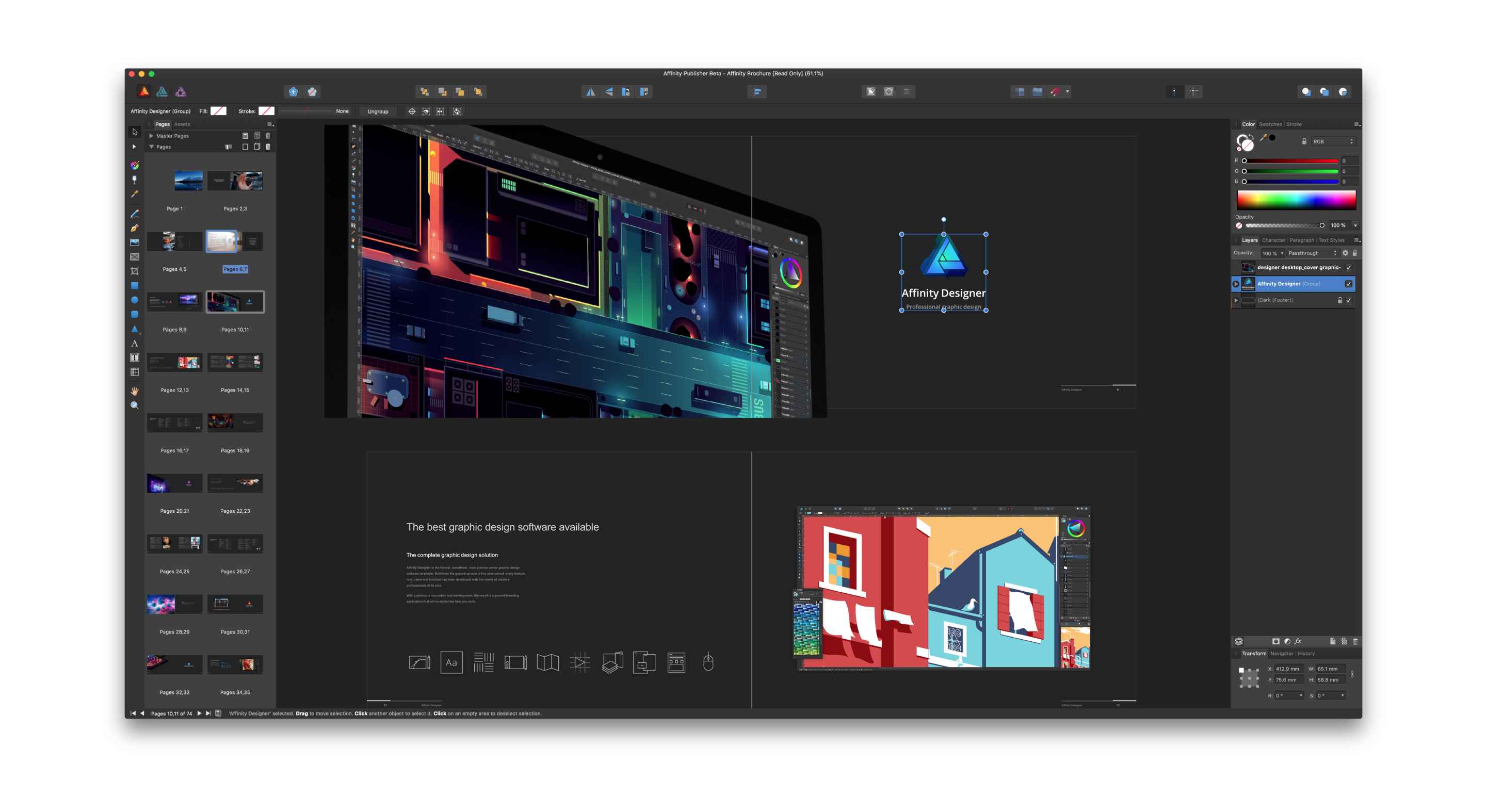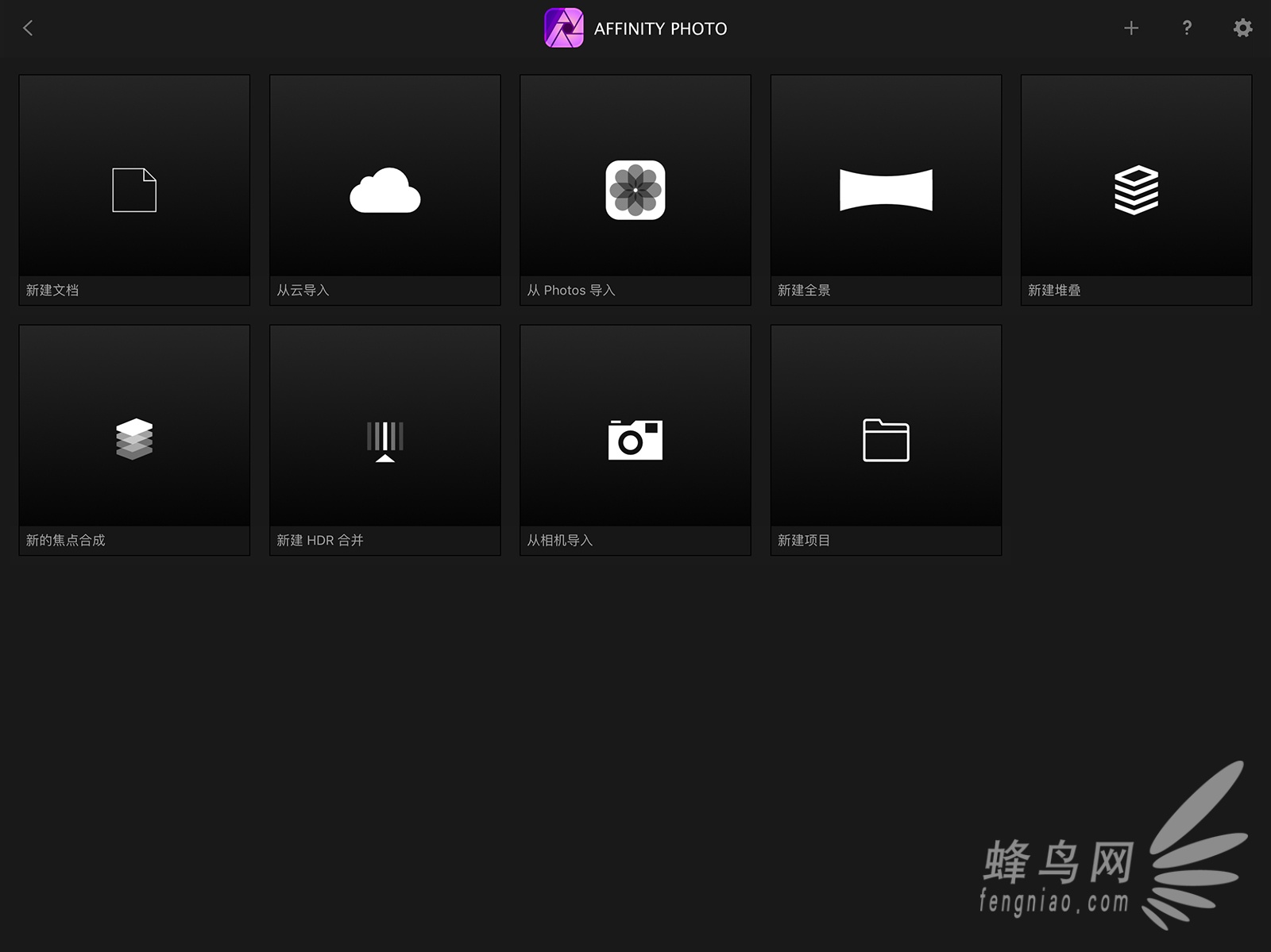
- AFFINITY PHOTO JPEGMINI UPDATE
- AFFINITY PHOTO JPEGMINI DRIVER
- AFFINITY PHOTO JPEGMINI FULL
- AFFINITY PHOTO JPEGMINI PLUS
It's the quantity of them, and the faithfulness (quality) of preservation that will determine the file size on disk. Once you opened #2 you ended up with a file with a certain pixel dimension, no matter the quality of those pixels. But in trying to more exactly match #2 you could end up with a file larger than #2.Īffinity is simply trying to create an output file that matches what's on your screen, and the fact that what is on the screen only approximately matches #2 isn't really relevant. Or, you could save #3 with best quality, and more exactly match #2. You can save it with lower than "best" quality, and get a file smaller than #2, and which only approximates #2. Now you want to save a copy of #2, giving #3.
AFFINITY PHOTO JPEGMINI FULL
When merging or flattening the layers in Affinity, it slightly softens the image compared to viewing the image with all the layers in-tact. For me, that piece of software is JPEGmini, an amazing mac/pc application (and Lightroom plugin) that uses patented image optimisation technology to reduce the file size of photos significantly (up to 80), while preserving their full resolution and quality.

AFFINITY PHOTO JPEGMINI DRIVER
Starting with #2, as you may be doing, you can never recovery what was lost and get back to the quality present in #1. All layers in-tact: If Affinity Photo doesnt handle colour matching in app and the print driver is set to a ICM profile, then this will output OK.

Call the original #1 and the saved, lower quality, smaller copy #2. This results in some lossy compression, a small file size, and an image which approximates the original. Think of it this way: you open a photo, and save it as JPEG with some quality lower than "best". I went straight from opening the pic to exporting it.) But there's something in your answer I don't quite understand: If my JPEGs were originally not saved with the very best 100% quality, than Affinity could not save them with better quality unless it actively did something - could it? (And I swear I didn't change anything myself. Is it correct to assume that this is somehow because of the Resampling Method? Kind of like: I didn't do anything but the programme actually did quite a lot?Īnd if I cannot export without resampling: Can anyone recommend a combination of Resampling Method and quality level that one the one hand don't lover the perceived quality too much but on the other hand put a good dent in the file size?įirst of all thank you for replying to my question. So it more than doubles in size just by opening in a programme and exporting it in the original format, the original resolution and at the original quality?
AFFINITY PHOTO JPEGMINI PLUS
When using Photo Plus X8 the "new" picture is about 8.0 MB. Why I turn off Affnity and ON, its the same problem. In my folder I have this: JPEG 8BIM HEADER (mac) not normal jpg. If I go straight to "Export" (really don't do anything in between) and want to export it at 100% it is suddenly 9.43 MB when using Affinity Photo. I make a poster, and I want save this poster - jpg.

So somehow I think Photoshop must have been involved with the creation of this huge amount of metadata & then it was imported (?) into APub.Dear all, I would like to compress my massive amount of JPGs in order to save some space and when I just opened up a picture in order to try out the amount of compression that would not yet show too much in the quality the following thing surprised me:
AFFINITY PHOTO JPEGMINI UPDATE
That allowed me to scroll through it, where I found numerous entries like "4AA1E1CBDCFD7064CD998065BD44030B" & " adobe:docid:photoshop:0f85acde-c073-1177-b7e1-8090bd3ecbb5." From each of these entries appear to define a list in an rdf:Bag, which is an unordered list, here in the section of the metadata. Late last year, Phase One announced an update to its Capture One image processing software that, amongst other features and tools, added the ability to use third-party plug-ins on both the macOS and Windows versions. I tried copying all the text in that panel to the clipboard but the app hung with the spinning beachball cursor so long that I force quit APub & relaunched it, this time not selecting any of the raw data text. That took about a minute just to make the switch but after that I could open the Metadata panel & select RAW data. The second is a unique JPEG encoder, which adapts the JPEG. afpub file in APub, switched to its Photo Persona. JPEGmini technology has two main components: The first is an image quality detector, which imitates the perceptual qualities of the human visual system, to determine the maximum amount of compression which can be applied to each individual photo without causing visible artifacts. If you look at it with a hex editor you'll see it's mainly metadata.įWIW I opened the 333 wzór 7.


 0 kommentar(er)
0 kommentar(er)
